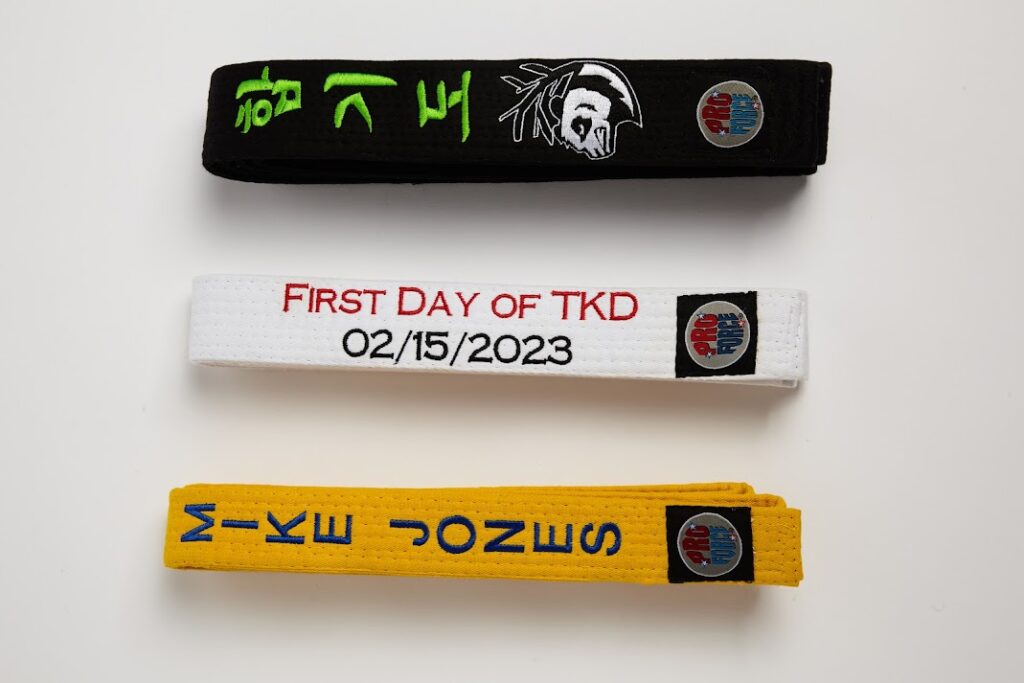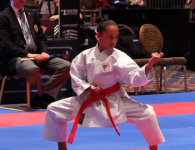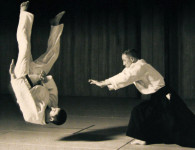
Martial arts belts play an important role in martial arts both literally and metaphorically. From a practical standpoint, they keep the rest of your martial arts uniform in place so that you can train and compete as effectively as possible. From a symbolic perspective, they allow you to demonstrate your respect for your martial art and yourself by keeping your uniform tidy and presentable.
With a bit of creativity, you can also use your belts for other purposes outside of martial arts, too. Depending on your discipline and your instructor, you might even use your belt for other purposes in your training.
Let’s take a look at five ways you can use a martial arts belt, from the dojo to the runway.
Martial Arts
The belt is a small but integral part of a martial arts uniform for a number of disciplines, including Karate, Judo, Brazilian Jiu-Jitsu, Tae Kwon Do, and Tang Soo Do. Basically, if you’re training in a uniform that includes some kind of combination of pants and a jacket or top that needs to be held in place, you’ll probably use a belt to tie everything together. Keeping your uniform tidy will help you to execute your techniques more precisely and without distraction. Keeping your martial arts uniform in place and your belt properly tied also helps you to demonstrate your self discipline and respect for your martial art.
Belts are also used in martial arts to represent your rank. Check out our blog post “The History of the Belt System” for more information on how this practice came to be.
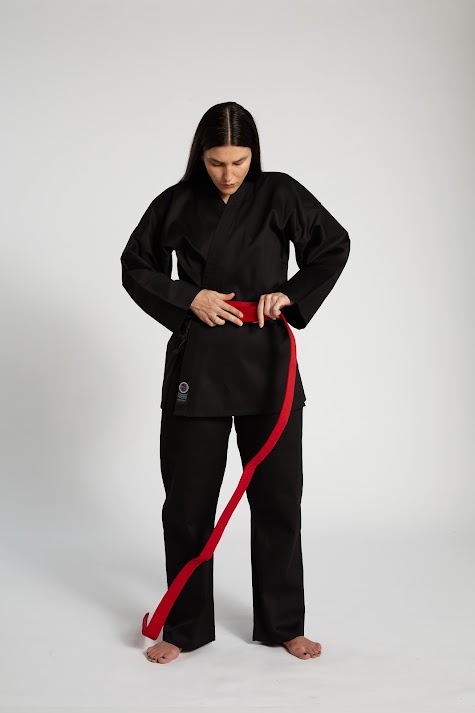
Home Decoration
Speaking of belt gradings, your time with your old martial arts belt doesn’t have to end when you’re promoted to the next level. Some martial artists choose to turn them into art.
Belt display racks are a great design choice for a number of reasons. Assembling the belts you’ve already earned—and adding more as you continue to train and grow—is a great way to celebrate what you’ve achieved in your martial art. A belt rack is also a practical way to keep your old martial arts gear and all of the memories that go with them, in one place. And if you haven’t filled the whole rack yet, that’s okay, too. Looking at an unfinished display can also be a way to motivate you to keep going.
Even if you don’t want to attribute any deeper meaning to your belt display rack, they happen to look pretty cool, too.

Cardio Training
Depending on what martial art you train in and who your instructor is, you might already be doing some of these drills in your warmups.
If you’ve never seen or tried them before, we recommend trying a few resistance sprints with a martial arts belt the next time you’re doing cardio with a workout buddy. Grab your friend and have them wrap the middle of your belt around your waist and stand behind you. Then tell them to try to hold you back while you sprint forward. When you’re finished your sprint, walk back to the starting line and switch. (Not only does taking turns give you both a good workout, it also allows the sprinter to get the right amount of active recovery before it’s time to go again.)
Resistance sprints are most commonly done with basic running, but you can adapt the general idea to any form of cardio that involves moving forward in a relatively straight line, including bear crawls, duck walks, and bunny hops.
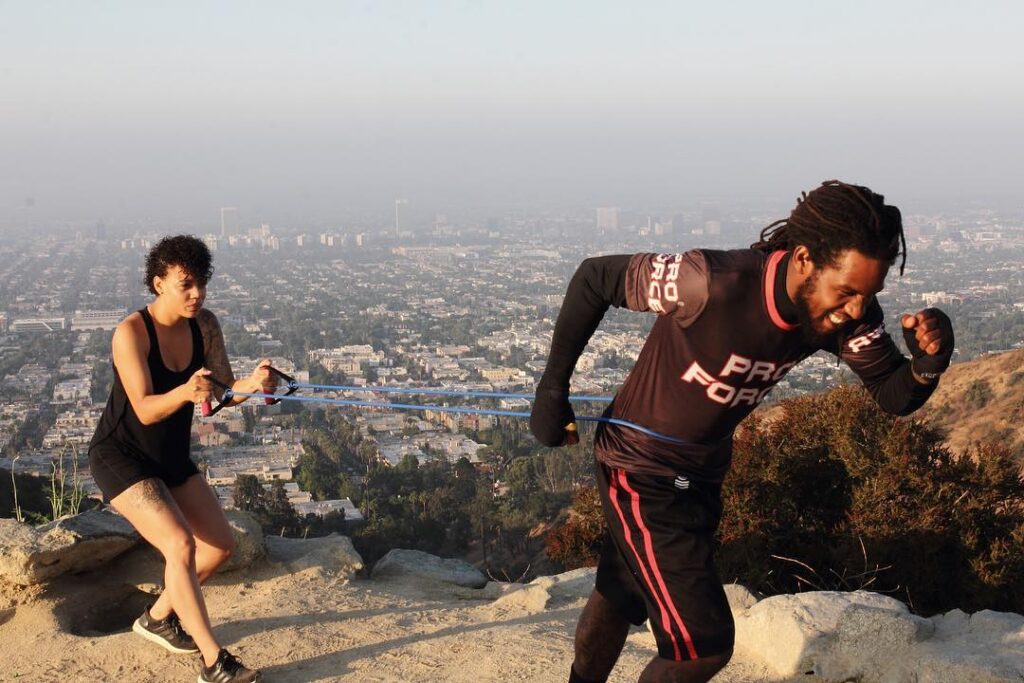
Assisted Stretching
Martial arts belts are also a handy tool when you need a prop to help you with certain moves and positions when you’re stretching.
Assisted hamstring stretches are probably the most obvious and common use for martial arts belts in flexibility and mobility training. That’s the one that involves lying on your back with one leg extended along the floor, wrapping your belt around the foot of your other leg, holding onto the ends, straightening your leg toward the ceiling, and using the belt to gently pull your leg toward your body until you feel the stretch up the back of your leg. (You can also stay in that position and reach your leg out to the side for an inner thigh stretch. And then you can reach that leg across your body in the opposite direction to tackle your IT band.)
But you can get creative and adapt the belt to any stretch or mobility drill that requires a little bit of help or an extra proprioceptive cue. Here’s one idea to get you started: Fold your belt in half and hold it in your hands about shoulder distance apart. Pull the belt taut and reach your arms overhead. Keeping your arms over your head and maintaining that tension in the belt, bend your body to one side and hold. Then come to centre and switch sides. This should give you a nice stretch through your obliques. And a nice warm up for any side bending you’ll be doing in the rest of your workout or day.
Fashion
If you’ve ever paid attention to alternative or avant-garde fashion, you might have noticed that gi tops will show up on runways or on influencers every few years. Why not start your own trend and see how you can style a martial arts belt? For an added personal touch, AWMA offers custom belt embroidery services.
